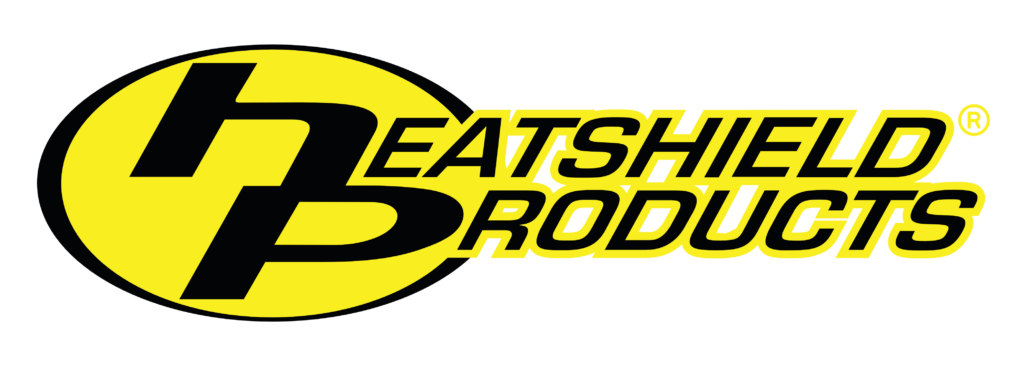Summer cruising season is right around the corner. Now’s the time to go over your ride and make sure you’re protected against heat-related issues so you don’t end up on the side of the road or in some parking lot. Heatshield Products has a variety of thermal and reflective/deflective heat barriers and insulation that can help guard against summer heat adding to underhood and under-vehicle heat to create reliability issues and possible premature component and system failures.
Areas to protect for heat issues:
- Fuel lines
- Power steering and brake lines
- Wiring harnesses and connectors
- Clutch slave cylinders
- Under-vehicle components located near the exhaust system
There areas to look at for where heat can cause you problems are anyplace on the vehicle where fluid lines, fuel lines, wiring harnesses and ignition wires/components are close to a major heat source. For example, fuel lines that run close to the engine block, exhaust manifolds/headers or exhaust pipes can be subjected to high temperatures. The fuel lines become over-heated, which heats the fuel in the lines to the point the fuel starts to vaporize inside the line and create a vapor lock condition. This causes fuel flow to be restricted or stopped outright, the engine stops running and you’re stuck until the fuel cools off.
There are other issues which can occur during summer because of heat exposure underhood or under-vehicle. Follow along as we highlight those areas, and which Heatshield Products to use for preventing those issues.
Fuel System Vapor Lock
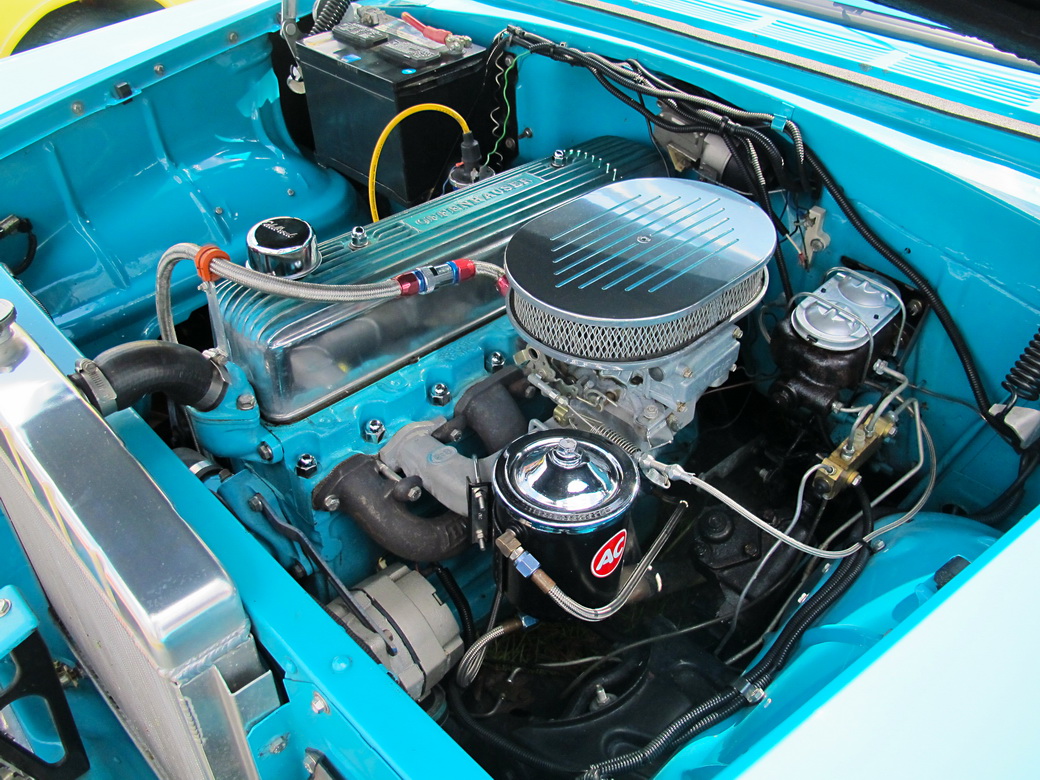
One of the most common problems during the hotter months of cruising season is vapor lock. Carburetored vehicles are the most susceptible to this issue, but fuel-injected cars and trucks are not immune. The fuel lines are heated, which heats the fuel and causes it to start vaporizing in the lines and/or the carburetor fuel bowls. This prevents fuel from flowing so the engine can’t run. If the fuel lines are rubber, while vapor lock risk decreases some, the extra risk is heat damaging the rubber fuel lines and causing them to fail, which creates a dangerous fire hazard.
Using a thermal barrier sleeve like StealthTM Sleeve, LavaTM Tube or ThermaflectTM Sleeve will shield the fuel lines from heat so they stay cool along with the fuel running through them. This will also protect rubber fuel lines from physical damage from heat exposure (either ambient or direct contact). Since these three options feature hook & loop fastening systems, for show cars the sleeves can easily be removed before judging.
Fluid Heating/Boiling
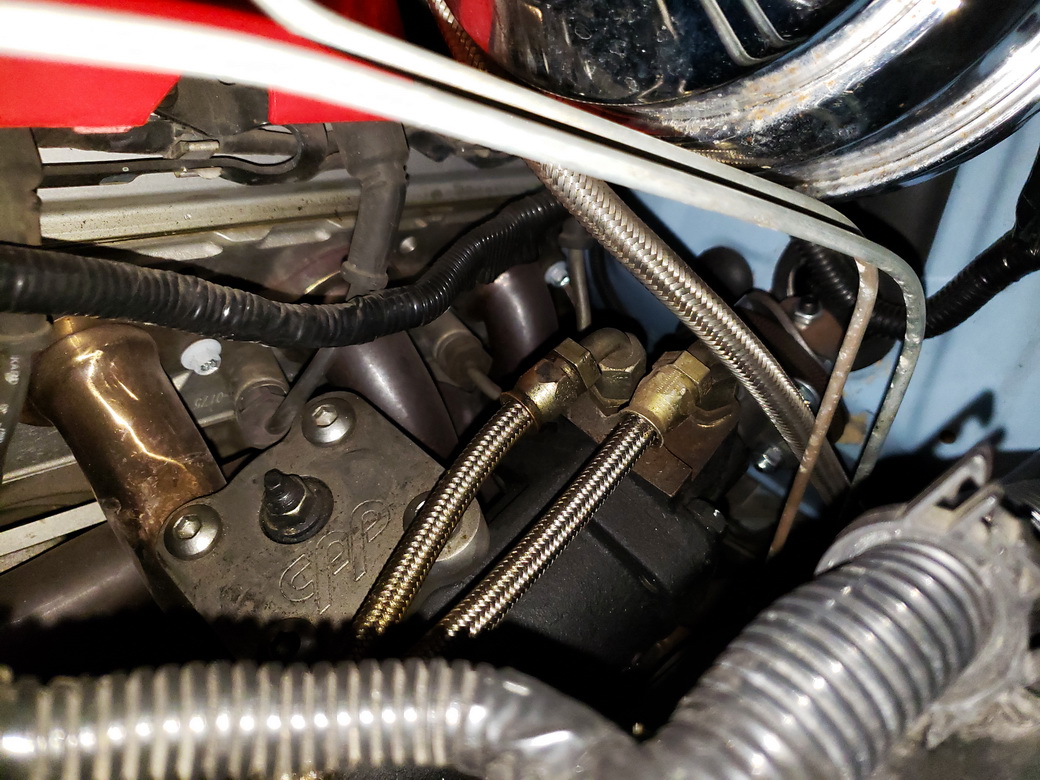
Fluid lines such as power steering and brake are susceptible to heating that can cause issues. When power steering fluid is overheated, it can cause the steering assist system to functioning inconsistently (intermittent lack of assistance to complete lack) and stop working entirely if the fluid continues heating. On the brake lines, fluid being heated before it reached the calipers can increase the risk of fluid being boiled under heavy braking conditions such as racing, autocrossing, towing heavy loads, etc. When brake fluid boils it won’t create the proper pressure to actuate the brake calipers and brake function will be significantly reduced, or lost altogether.
For both power steering and brake lines, using a thermal barrier sleeve will shield the lines from underhood and engine heat to reduce the chances of the fluid being preheated so the aforementioned problems have less chance of occurring. StealthTM Sleeve, LavaTM Tube or ThermaflectTM Sleeve are all effective options for this, and as an added bonus they can protect the lines from physical damage as well. Another aspect on the brake system is heating of the master cylinder (especially vehicles with cast iron master cylinders) which acts as a preheat of the brake fluid. LavaTM Master Cylinder Shield was developed to shield the master cylinder from heat, eliminating this problem.
Wiring

Vehicle wiring harnesses constantly being subjected to high underhood and close proximity engine heat are at risk for increased wiring degradation, premature failure, and wiring system/electrical issues/inconsistencies as the heat causes an increase in resistance in the wires, which can interfere with the signals being carried through the wires. Wiring that’s constantly heated will become brittle along with the insulation material coming off. This creates a risk for a short circuit and lead to lack of component function and/or an electrical fire. Plastic wire loom material (as pictured) does a poor job at protecting wiring from heat damage/issues, along with its cheap and unattractive appearance.
Again, using a good thermal barrier sleeve like Heatshield Products three options (StealthTM Sleeve, LavaTM Tube or ThermaflectTM Sleeve) are excellent for protecting wiring harnesses from heat damage, while also providing a much more attractive covering that improves the look of an engine bay. The built-in hook & loop fastening systems makes installation easy, while also allowing for easy removal if necessary for maintenance or installation of upgrades.
Starter Overheating
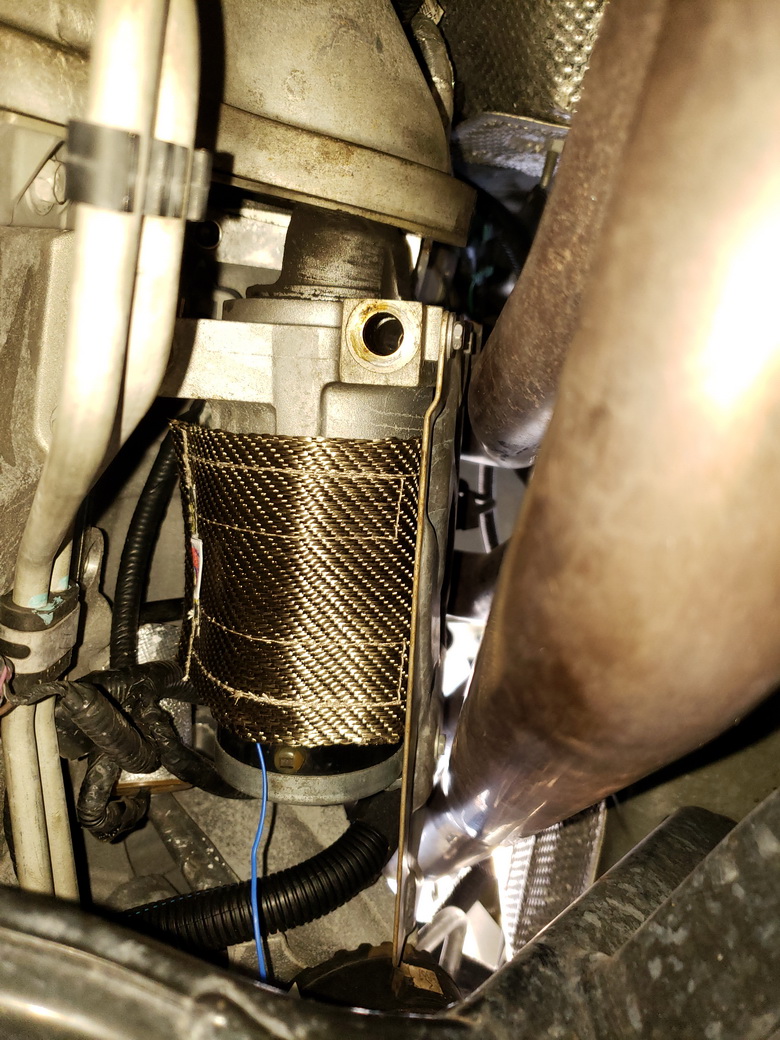
Engine starters are constantly exposed to high temperatures being located between the engine and the exhaust system. As the starter gets hotter, electrical resistance is increased, causing the starter to draw more power from the batter to function. This also accelerates wear on the starter’s internal components, and leads to solenoid failure or high-spots in the starter drive that prevent function. A common occurrence on race cars with large diameter exhaust headers and high-compression engines, it can leave you stranded and trying to get access to the starter to tap it with a hammer as a stop gap to get the starter working again.
LavaTM Starter Shield protects the starter from this heat, and it can be installed in some applications without having to remove the starter. You can check out our install and test blog where we measured before and after temperatures to show the different LavaTM Starter Shield makes.
T-56/Magnum 6-Speed Slave Cylinder Overheat
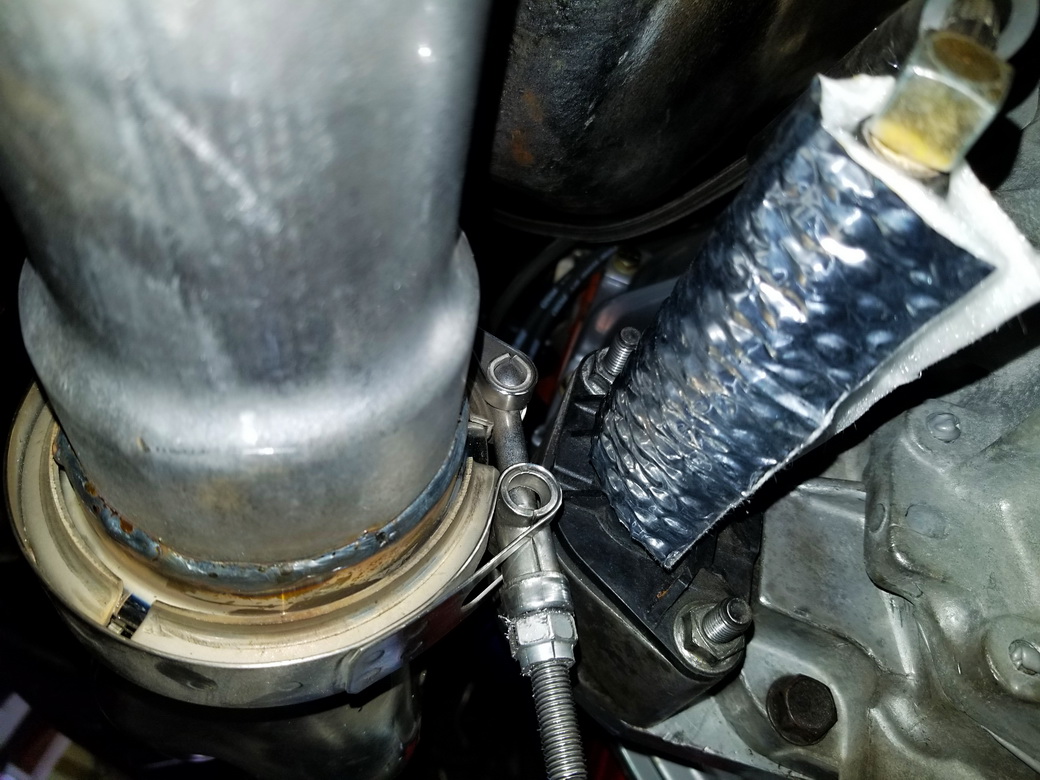
TREMEC T-56 and Magnum 6-speeds are popular upgrades for a lot of vehicles. One thing vulnerable to heat is the transmissions clutch slave. On vehicles with headers it ends up in close proximity to the header collector, which means a lot of heat exposure that can lead to premature clutch slave failure. For protection, you can use one of the previously mentioned thermal barrier sleeves. Or (as pictured) you can use a piece of our StickyTM Shield material to deflect heat away. On top of that, installing a piece of Heatshield ArmorTM exhaust insulation on the collector will reduce the amount of overall radiated heat in that area.
Under-Vehicle Heat Issues
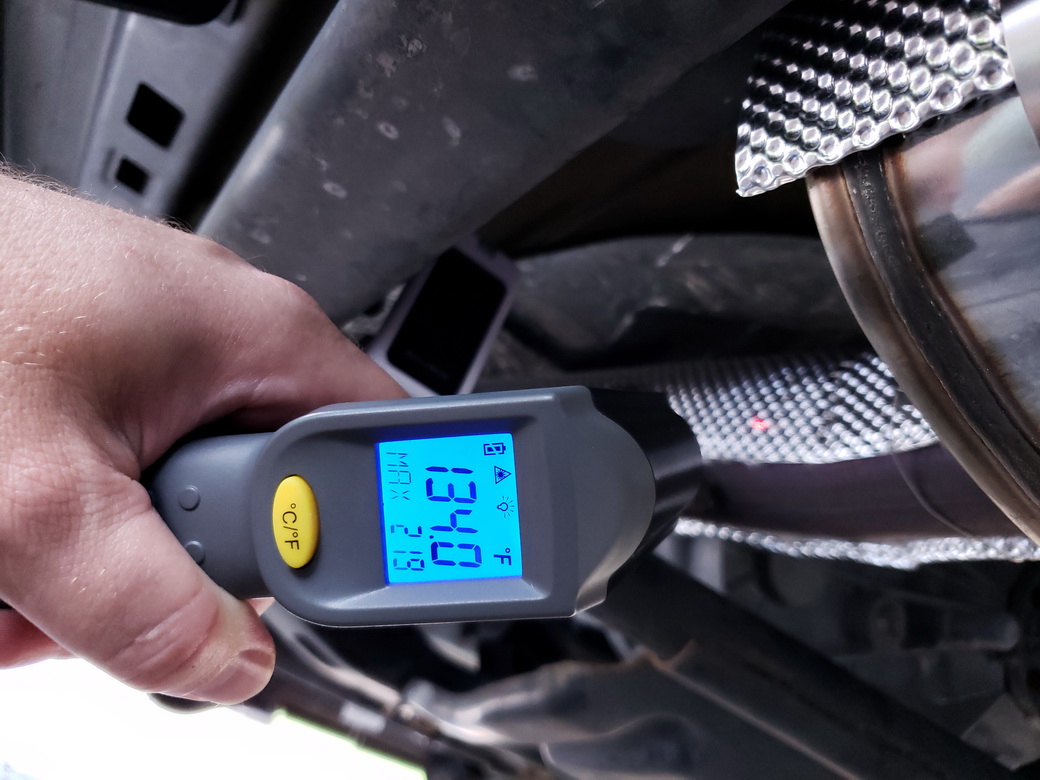
Under any vehicle, one of the main sources of heat that causes problems is the exhaust system. Fuel lines, brake lines, rubber body bushings and other components are constantly subjected to this heat. Plus, all that heat radiates upward and heats the floor of the vehicle. Insulating your exhaust system with Heatshield Armor exhaust insulation and its sister products CAT ArmorTM Kit, Pipe Armor Kit and Muffler ArmorTM significantly reduces the amount of heat the exhaust system radiates under the vehicle. This reduces the heat exposure under-vehicle components are exposed to. As an added bonus, insulating the exhaust system improves exhaust system and engine performance.
